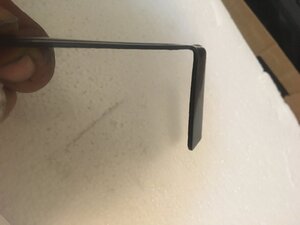SimonM
Active Member
I’m looking to upgrade from the grinder in the vise.
I can see the advantages of a disc/belt grinder combo, is there anything that they don’t do as well as a bench grinder?
Main use will be sharpening hss lathe tooling and tungsten buy it would be nice to be able use the sander for finishing.
I can see the advantages of a disc/belt grinder combo, is there anything that they don’t do as well as a bench grinder?
Main use will be sharpening hss lathe tooling and tungsten buy it would be nice to be able use the sander for finishing.

